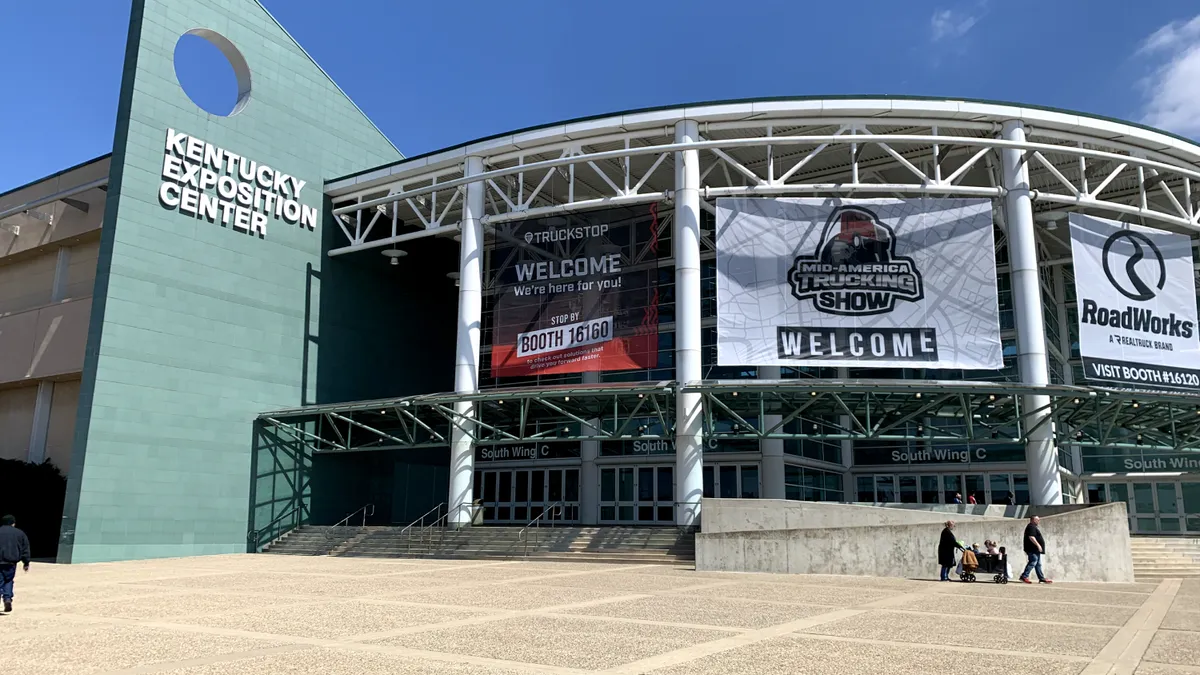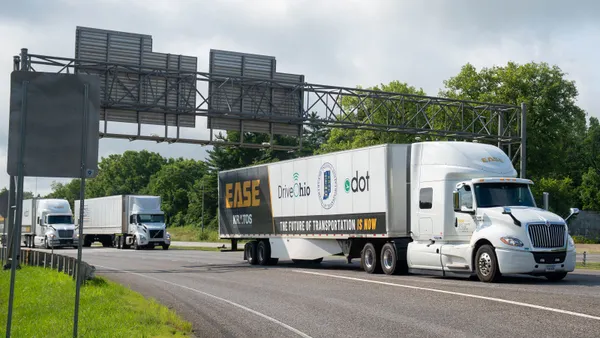As trucking firms seek solutions to today’s supply chain disruptions, they’re drilling down in several areas. Dock productivity is among them. And strategic door planning is becoming an increasingly important measure to take for LTLs looking to improve efficiency.
The methods for tackling door planning vary, but the end goal remains the same: decreasing costs by increasing productivity. With current labor constraints, that’s especially important.
When neglected, lack of door planning can lead to a host of issues and inefficiencies in dock operations. Common problems can include unexpected employee overtime, unplanned deliveries or inaccurate arrival times, and a lack of data collection that prevents improved management on the dock.
Because shippers have a wide variety of requirements, this can add to the disorganization on the dock, leaving employees frustrated and productivity lagging.
Door planning can help.
Inbound, outbound, balance
Door planning is the process of allocating doors to inbound trailers for unloading and outbound trailers for loading, XPO Logistics CIO and Acting President of LTL Mario Harik said.
Such planning is usually enhanced by technology, and it can help streamline and balance inbound and outbound operations.
“During a shift, shipments from the unloading trailers are transported across the dock to the correct outbound door and loaded onto an outgoing truck,” Harik said. “Outbound doors will typically be designated to downstream service centers within our linehaul network as shipments move toward their final destinations.”
“Advancements in data analytics and technology are increasing the ability for carriers to remove cost from their operations.”

Mario Harik
CIO and Acting President of LTL at XPO Logistics
When door planning, said Harik, XPO aims to reduce the distance shipments must travel from unloading to loading doors. Doing so helps eliminate dock labor costs and increase productivity.
“It also helps us manage linehaul lanes by building trailers more strategically, which reduces the number of times shipments are handled at downstream service centers,” Harik said.
While door planning has long been part of XPO’s approach, Harik said that new tools have elevated its impact.
“Advancements in data analytics and technology are increasing the ability for carriers to remove cost from their operations,” he said.
Tech makes the difference
Dohrn Transfer Company, a unit of Pitt Ohio Transportation Group, recently announced its adoption of a dock management system, provided by Carrier Logistics.
“The introduction of a dock management systems via scanners and tablets is helping us get better at efficiency,” said Heather Dohrn, vice president of sales and marketing at the company.
Dock workers scan freight as it comes off the truck, and the technology provides information on which door to load or on which location on the dock to stage the freight, Dohrn said.
“This is an improvement from when we were using paper manifests to tell us what was on the trucks,” she said.
“The introduction of a dock management systems via scanners and tablets is helping us get better at efficiency.”

Heather Dohrn
Vice President of Sales and Marketing at Dohrn Transfer
Dock workers used to make notes on the manifest, and then physically run the manifest to the office, Dohrn said. Then an office worker would perform manual data entry. And the dock worker would receive another paper manifest to know what to load onto an outbound trailer.
Now, the scanners dock employees use do these tasks instantly.
“They also identify when we have freight that isn’t where it belongs,” said Dohrn. “If someone loads freight into the wrong trailer, we know who made the mistake because of the scanners.”
XPO uses a tool called Edge. It generates default daily door plans, calculated on the average of the last five weeks of shipments that were cross-docked at the service center, Harik said.
The tool also dynamically identifies inbound shipments and helps enhance the optimization of outbound trailers, Harik said. And, Edge enables easier sector loading aimed at reducing travel time on the cross dock.
When all is said and done, XPO achieves measurable ROI from the tool, said Harik. This includes reduced dock cost through reduced travel time, a reduction in the number of handles on a given shipment and the potential for fewer damages stemming from the handling reduction.
“The ability to further optimize the door planning process via technology can lead to significant reductions in cost for a carrier.”

Mario Harik
CIO and Acting President of LTL at XPO Logistics
For fleets not already using door planning, Harik recommended first analyzing historical shipment data and building static door plans to support the network.
“Over time, these carriers could then add additional optimization and automation,” he said.
While door planning isn’t necessarily a new concept, new technology coupled with increased dedication to its potential make it a powerful tool for increased efficiencies.
“The ability to further optimize the door planning process via technology can lead to significant reductions in cost for a carrier,” Harik said.











